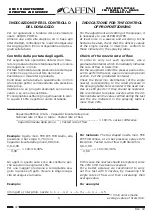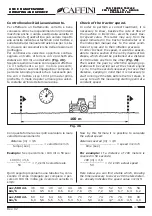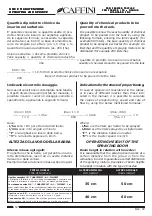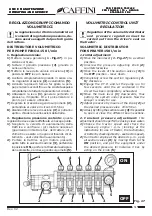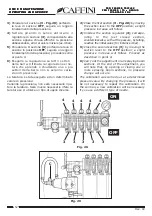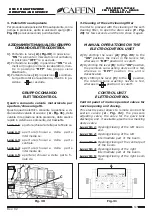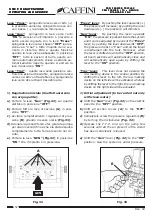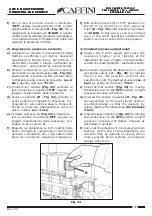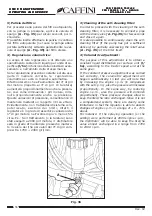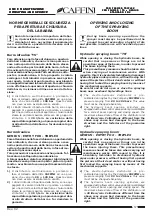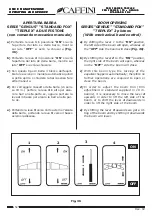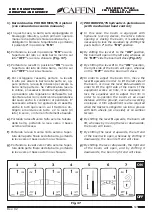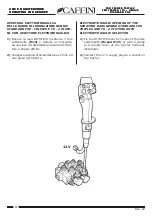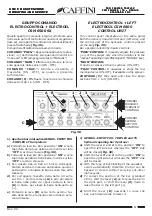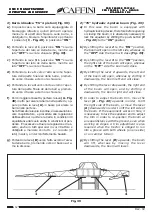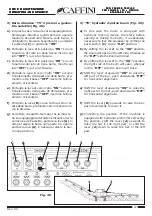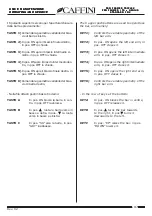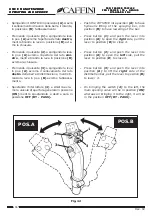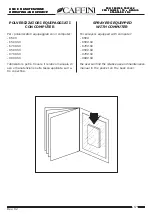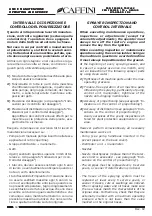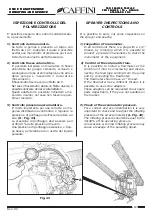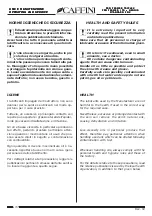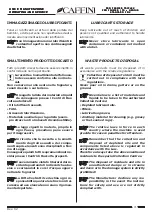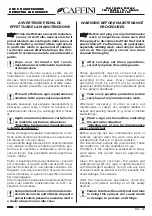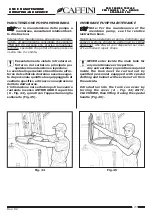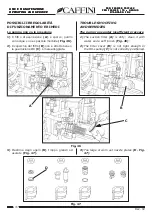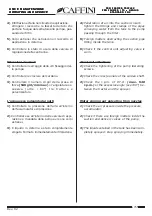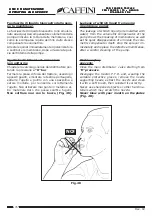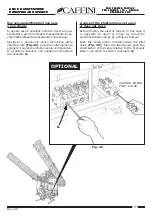
62
12345678901234567890123456789012123456789012345678
12345678901234567890123456789012123456789012345678
12345678901234567890123456789012123456789012345678
12345678901234567890123456789012123456789012345678
12345678901234567890123456789012123456789012345678
12345678901234567890123456789012123456789012345678
12345678901234567890123456789012123456789012345678
12345678901234567890123456789012123456789012345678
12345678901234567890123456789012123456789012345678
12345678901234567890123456789012123456789012345678
12345678901234567890123456789012123456789012345678
12345678901234567890123456789012123456789012345678
12345678901234567890123456789012123456789012345678
12345678901234567890123456789012123456789012345678
12345678901234567890123456789012123456789012345678
12345678901234567890123456789012123456789012345678
PRO FARMER TRIPLEX
PRO FARMER TRIPLEX
PRO FARMER TRIPLEX
PRO FARMER TRIPLEX
PRO FARMER TRIPLEX
PRO FARMER / TS • GENIUS
PRO FARMER / TS • GENIUS
PRO FARMER / TS • GENIUS
PRO FARMER / TS • GENIUS
PRO FARMER / TS • GENIUS
STANDARD FOX
STANDARD FOX
STANDARD FOX
STANDARD FOX
STANDARD FOX
USO E MANUTENZIONE
USO E MANUTENZIONE
USO E MANUTENZIONE
USO E MANUTENZIONE
USO E MANUTENZIONE
OPERATING AND SERVICE
OPERATING AND SERVICE
OPERATING AND SERVICE
OPERATING AND SERVICE
OPERATING AND SERVICE
Rev. 02
2) Barra idraulica “TS” 4 pistoni (Fig. 39):
a)
In questo caso, la barra sarà equipaggiata di
bloccaggio idraulico, quindi prima di operare
manovre di apertura/chiusura sulla barra, è
obbligatorio bloccare l’equilibratore portando
il pulsante
(C - Fig. 40)
in posizione
“ON”
.
b)
Portando la leva
2
in posizione
“ON”
si avrà
l’apertura del lato sx della barra, mentre sul
lato
“OFF”
si avrà la chiusura
(Fig. 39)
.
c)
Portando la leva
3
in posizione
“ON”
si avrà
l’apertura del lato dx della barra, mentre sul
lato
“OFF”
si avrà la chiusura.
d)
Portando la leva
1
verso l’alto avremo l’aper-
tura della parte finale sx della barra, premen-
do verso il basso avremo la chiusura.
e)
Portando la leva
4
verso l’alto avremo l’aper-
tura della parte finale dx della barra, premen-
do verso il basso avremo la chiusura.
f)
Per correggiere l’assetto, portare la leva
(A - Fig.
40)
in alto per alzare la barra nella parte dx, op-
pure portare la leva
(A)
in basso per alzare la
barra nella parte sx.
Se l’attrezzatura lavora in collina, é necessario bloc-
care l’equilibratore, e procedere alla regolazione
dell’assetto per riportare la barra in condizioni di
equidistanza dal suolo anche in condizioni di pen-
denza. É necessario attuare la regolazione di as-
setto, anche in tutti quei casi in cui il trattore é
obbligato a marciare con tutte e 2 le ruote (di
lato) in solco, o in terreni fortemente baulati.
g)
Portando la leva
(B)
verso l’alto avremo l’alza-
ta della barra, premendo verso il basso avre-
mo la discesa.
Fig. 39
2
3
4
1
2) “TS” hydraulic 4-piston boom (Fig. 39):
a)
In this case the boom is equipped with
hydraulic locking device, therefore before opening
or closing the boom, it is absolutely necessary to
lock the equalizer by shifting the push-button
(C
- Fig. 40)
to the
“ON”
position.
b)
By shifting the lever
2
to the
“ON”
position,
the boom will open on the left side, whereas on
the
“OFF”
side the boom will close
(Fig. 39)
.
c)
By shifting the lever
3
to the
“ON”
position,
the right side of the boom will open, whereas
on the
“OFF”
side the boom will close.
d)
By shifting the lever
1
upwards, the left end
of the boom will open, whereas by shifting it
downwards, the boom left end will close.
e)
By shifting the lever
4
upwards, the right end
of the boom will open, and by shifting it
downwards, the boom right end will close.
f)
In order to adjust the boom trim, move the
lever
(A - Fig. 40)
upwards in order to lift
the right side of the boom, or move the lever
(A)
downwards in order to lift the left side of
the boom. If the equipment works on hills, it
is necessary to lock the equalizer and to adjust
the trim in order to re-position the boom at
an equal distance with the ground, even when
working on slopes. A trim adjustment is also
required when the tractor is obliged to run
into a groove with both wheels (on one side)
or on camber terrain.
g)
By shifting the lever
(B)
upwards, the boom
will lift, whereas by moving the lever
downwards, the boom will lower.

